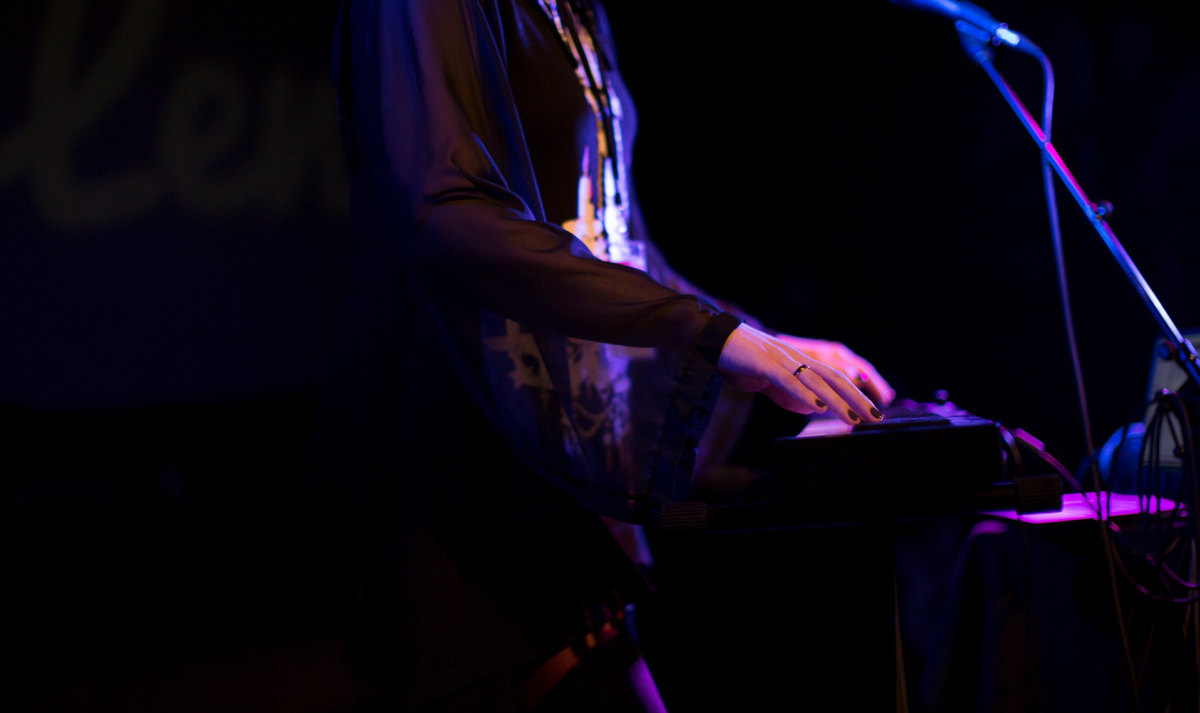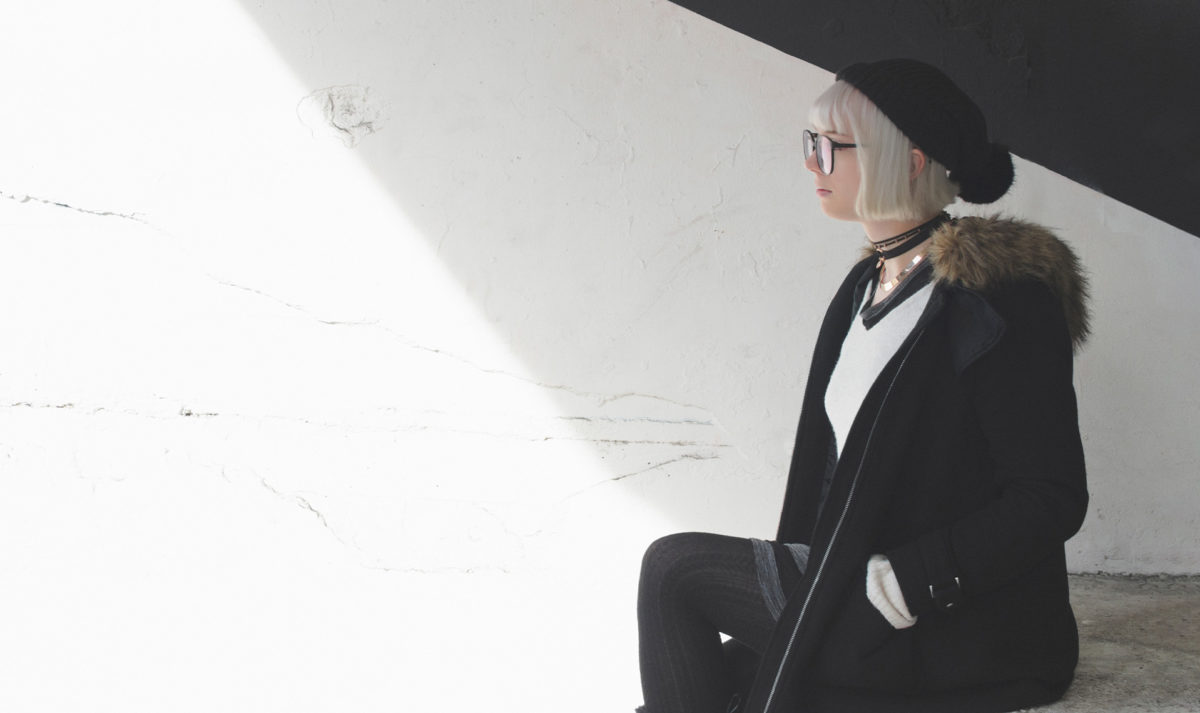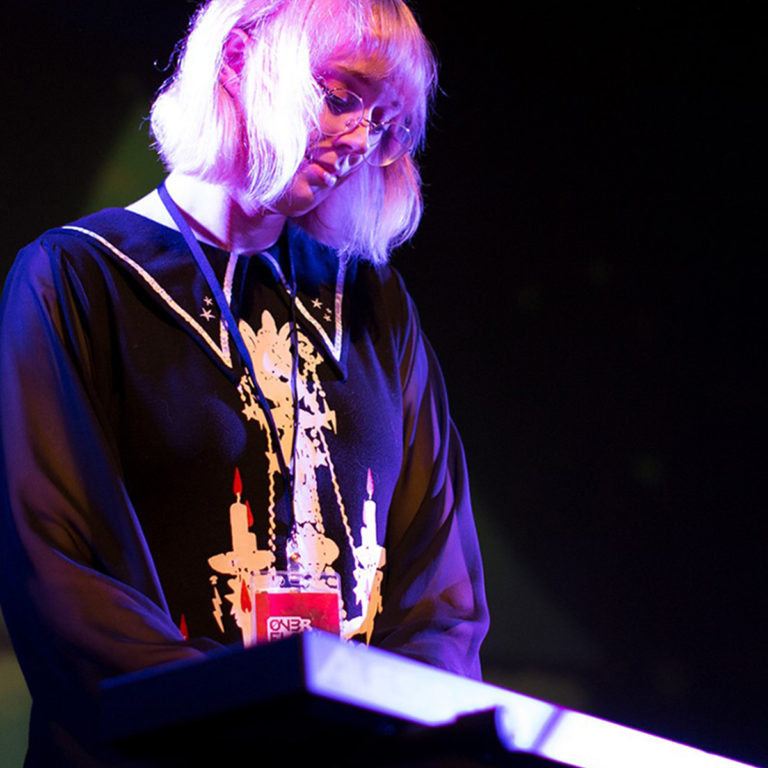That rite of passage, the mixtape. How many producers take the first steps into music not by learning how to play an instrument but by finding their own ingenious ways of compiling their favorite sounds together? Lena Raine, composer of indie hits Celeste and Guild Wars 2, is one such producer.
“I would make mixtapes out of game soundtracks,” Raine tells NI. An immersion in game chip music, particularly early NES soundtracks, would lay seeds that would eventually grow into her BAFTA-nominated and ASCAP Video Game Score of the Year–winning work for Celeste. “I would take the audio out from the system and hook it right into the tape deck, record the sound test, and just loop the tracks for a bit and listen to those on my tape player.”

“That was the old way,” she reflects over Zoom from her hometown of Seattle. I get the feeling Celeste’s success was a big surprise for Raine, who had been quietly making music for games and releasing solo music under her Kuraine alias for over a decade. “It was literally about twelve years of no one really caring, then suddenly everyone wanted to know about my music. It was just this surreal explosion of attention, which was cool but overwhelming.”
Celeste received universal acclaim and went on to sell half a million units in its first year. The platform game took on bold themes of recognizing, dealing with, and attempting to overcome mental illness, whilst providing, on the surface anyway, mountain-climbing thrills and enchantment. The action is amplified and accentuated perfectly by Raine’s retro-tinged score, which was done almost entirely using the original MASSIVE.
“It wasn’t really intentional to use sound specifically to attract feelings of nostalgia or memory, those were just the sounds that resonated with me,” she says. “But then it was really cool to have so many people really connect with that as well.” Raine’s music reveals a knack for drama and emotion, and she seems to create both through instincts cultivated over a lifetime immersed in game music – “Like literally my whole life.”
“I was kind of a boring kid. I didn’t take a lot of risks, I was very introverted – I didn’t really go out and party or anything,” she says. Despite growing up in Seattle, it was early NES games like The Legend of Zelda, early Mario games, and Yoko Shimomura’s scores for the Kingdom Hearts series that inspired those mixtapes, more than the city’s grunge legacy. “I was aware of grunge as a thing, but I was one of the kids that was holed up in my bedroom on the internet, role-playing online. At the same time, my dad was fully engulfed in the music industry, on the recording side of things. He would go out to recording studios that these grunge bands recorded at, and I would come along.”

“I got into music because I loved video-game music and because my dad had all this cool audio equipment. I was hearing those original NES Genesis chip-tunes on studio quality monitors. I would import stuff from Japan, I got super obsessed with discovering all these video game soundtracks,” Raine reveals. “And the thing I realized as I got older was how varied the different influences that these original composers had were. There were all these hardware limitations that forced video game music to sound a certain way. But stylistically and compositionally, it was so sophisticated and pulling from all of these different sources: Music from Ireland, pop music from Japan, music from all around the world. All of these cool sounds that I’d not heard growing up in Seattle.”
I bought Massive and started messing around. It was the most approachable synth I’d come across – it was just a bunch of knobs, and I was like, ‘Fuck yeah, I can tweak knobs!’
However, despite all this talk of electronic sounds, Raine admits she had not worked much with synths much before getting to grips with MASSIVE. “I was never a big gear-head growing up,” she says. “I didn’t do any modular synth stuff. My experience with synths were mostly the keyboards in my dad’s studio. I had a DX7, I had an old Moog – that was always fun because it had really big portamento settings so I’d just make big sliding notes everywhere. As a kid, all you really care about is ‘does it sound weird?’”
“I discovered Massive through another video game score, Fez, and the composer Rich Vreeland – aka Disasterpeace – did a talk where he went through Massive’s UI and showed how he built up patches. I bought Massive and started messing around. It was the most approachable synth I’d come across – it was just a bunch of knobs, and I was like, ‘Fuck yeah, I can tweak knobs!’”
Much has been made of how Canadian video game developers Maddy Thorson and Noel Berry kicked off the prototype for Celeste in four days during a game jam. Lena describes the making of the full game as a low-key process, the team communicated through a Slack channel and at the time, she was even working a day job. She explains: “I would be depressed about work and get home and then be excited to work on something that I had actual ownership of and agency over.”
Using MASSIVE became a way for Lena to realize her creative vision for the Celeste score. She says: “It became a really cool, expressive tool to make sounds that felt really professional. I didn’t need to have a huge budget to make them sound good. It has this crunchy lo-fi aesthetic – you can just ram that through distortion and filters, you can compress the hell out of it and just make it sound really big and cool. That’s all I need. That is music production right now. I didn’t need to be a really good mixing engineer to make it sound as cool as possible.”

Now, Lena finds herself with a packed schedule alongside widespread recognition and acclaim. Despite this, COVID-19, lockdowns, and all the other changes of this tumultuous year have sure;y resulted in some of the anxieties that are common to many producers, engineers and musicians right now. I wanted to know what techniques she’s picked up this year to stay calm, focussed, and productive in the studio.
“I’ve got a little white board on the side of my desk now,” she reveals. “I’ve got calendar apps with handy suggestions of what I should be working on. I’ve set up all my projects on little Kanban-style boards, I can move things and see my progress and not get completely depressed about how little I feel like I’m getting done. I’ll make checklists at the start of the week and update them at the end of the day, then I’ll come back and be like, ‘Oh, I really feel I didn’t get much done.’ And then I look at the list and am surprised to find I actually got two thirds done. Like, ‘This is fine, I’m totally on track for feeling good about what I’m doing.’”
And a final word on the importance of looking after oneself: “I’ve definitely realised that self care isn’t just about indulging yourself,” Lena says. “It’s also about being kind to yourself and to congratulate yourself for things. It’s about being very healthy about what you’re taking on and saying no to.”
















